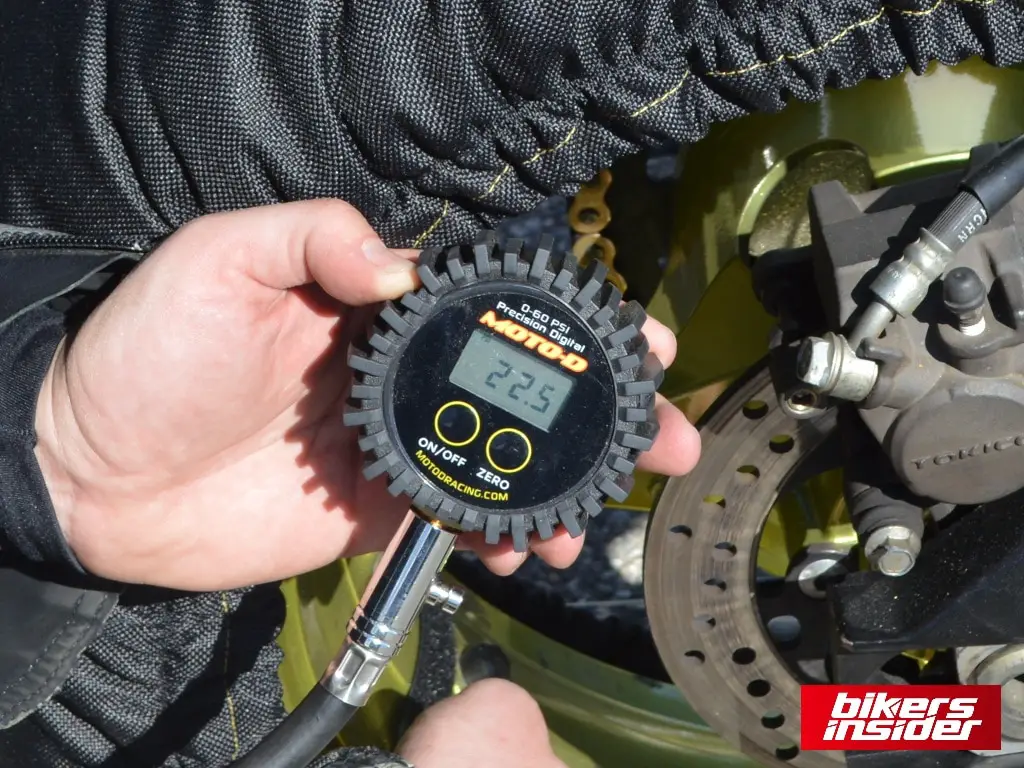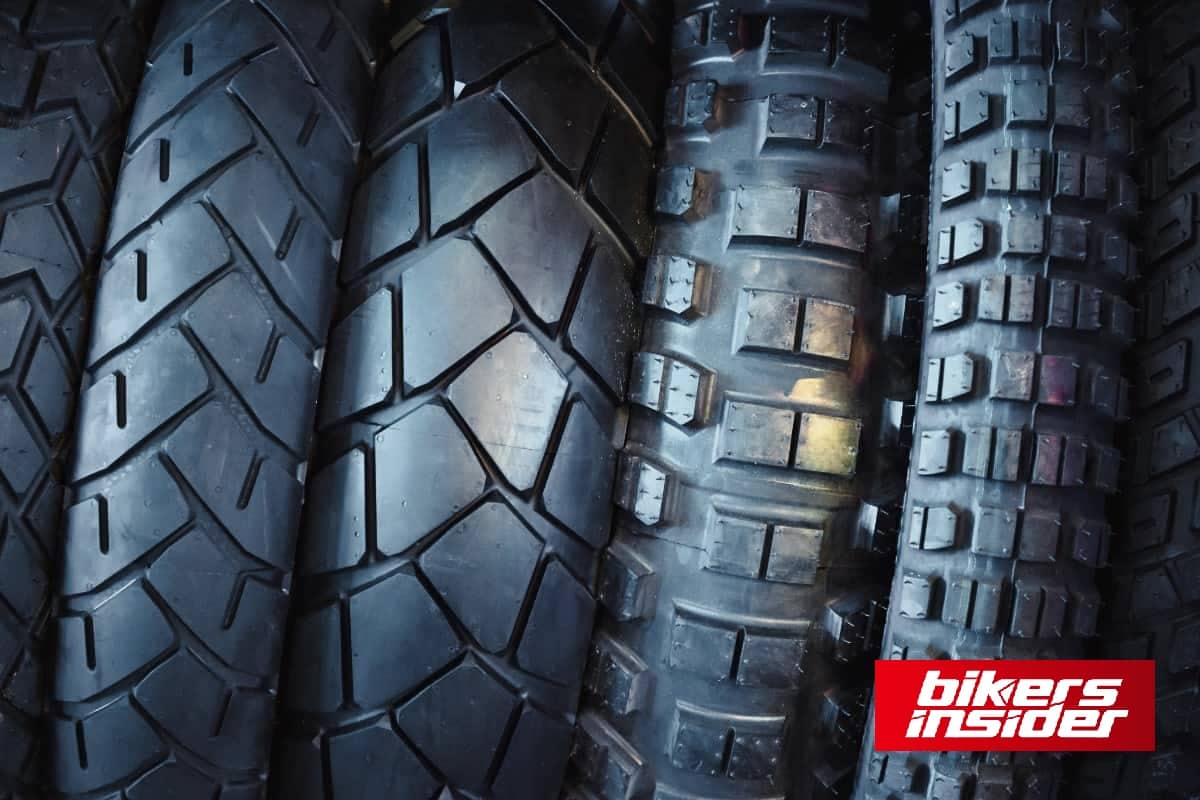Table of Contents
Introduction
The most important aspect of your motorcycle is its tyres, so be sure you get the right ones. The importance of paying attention to what kind of them you have or need at a given time is sometimes overlooked. There are so many to pick from, and tyre technology is constantly evolving, so we understand. Don’t worry. We’ll do the legwork to help you find the right tyre for your vehicle. Remember that tyres are an important part of your motorcycle’s performance and that the right ones will provide you delight when you’re out on the road. Confidence might be shattered or worsened if you choose the wrong type. And it’s not fun at all!
Think about what you really need, and don’t rely on anyone else’s opinion. Choosing motorbike tyres is everything about your riding style, so be honest. Determine whether you’ll be commuting to work for a long period or if you’ll be riding for short distances only. You seem to be quite the rider. How often do you get on a bike in a month? How much do you tilt, and how much do you ride straight? You should also consider whether or not you intend to ride your bike in damp conditions. In the next sections, you’ll find answers to these questions.
How to inspect and maintain motorcycle tyre
Pressure inspection
Is inflation the only thing that matters? Having your tyres inflated to the correct pressure is essential if you want them to last. Tyres can detach from the rim if under-inflation or over-inflation is present. It causes heavy steering, irregular wear, and internal damage. Inflating the tyres too much reduces the surface area of the tyre’s contact patch. It reduces the amount of available traction and increases the motorcycle’s sensitivity to road imperfections.
Use a gauge to check the air pressure and adjust it to your motorcycle’s owner’s manual. If applicable, you can check the tyre label on the chain guard, frame, or swingarm.
Two sets of tyre pressure (and suspension setting) recommendations may exist. One for solo riding and another for riding with a passenger or cargo. The tyre’s sidewall lists most inflation pressure, which should not be exceeded. The total weight of the rider, and passengers, should exceed the tyre’s load limit. This might lead to tyre failure.

Check your tyres’ cold inflation pressures once a week and before long trips. Before every ride, inspect the tyre’s surface for damage. Just by looking, you can’t tell if your tyres are properly inflated. Even if your motorcycle is equipped with a Tyre Pressure Monitoring System that offers precise pressure readings, this is still a good idea. To ensure proper tread, inspect the tyre’s tread depth regularly. The tyre grooves are constructed from little worn bars.
When to replace tyres?
The tyre should be replaced when the tread wears down to the worn bars (indicating 1/32 inch tread left). A few tyre manufacturers recommend replacing a tyre when the tread depth reaches 2/32 or 3/32 of an inch before the wear bars appear. If there appears to be enough traction, it may not be enough in rainy weather conditions to keep going. New tyres have a better drainage system, which keeps water away from the contact patch. In contrast, worn tyres are thinner and more vulnerable to punctures. In the center of your tyre, Lincoln’s head is exactly 2/32 of an inch away. Before replacing it, look for signs of uneven wear, cuts, embedded objects, bulges, or sidewall cracking on the tyre’s outer surface.
Tyre aging
When you ride a bike, the temperature of your tyres rises and falls repeatedly. The tread hardens just by little with each heating cycle. Rubber can harden even if it is not used because of chemical reactions. For maintaining maximum traction, the tyre’s surface becomes less spongy and less able to interlock with the road’s protrusions and pores.
Using a fingernail, you can tell the difference between old and new tyres. Even heavily worn tyres eventually need to be replaced. A tyre’s life span determines its operating conditions, storage, exposure to sunlight and heat cycles, and wear. There is no “expiration date” for tyres.
Consult a motorcycle mechanic or a tyre manufacturer to learn more about their tread life. It’s impossible to tell how many heat cycles a used tyre has endured. It is important to inspect the tyres before purchasing a used motorcycle and replace them if they appear worn. You can get help from our guide on “Motorcycle maintenance, when to change tyres and pads“
Cleaning and storage
Use a normal soap solution and plain water to wash your tyre sidewalls. The sidewalls of your tyres may break if you use chemical cleaners or protectants, which can migrate to the contact patch, causing traction loss.
The rear tyre should be elevated off the ground if you keep your motorcycle for more than a month on a center stand. The front tyre should be raised using blocks under the frame or fork. Avoid flat patches on the tyres by rolling your bike forwards and backwards a few inches regularly in the absence of a center stand. Ensure that the tyres do not come into touch with petroleum-based products or solvents while storing the motorcycle in a dry, well-ventilated place.
How do motorcycle tyres work?
Again, the age of the tyres is a significant consideration. If you buy a new tyre, it will begin to the age from the date of manufacturing, even if it’s still on the rack. Whether or not the tyre is fitted to a bike, exposure to air, sunlight, and heat will break down and harden the rubber compound used in tyres.
It’s easier for the tyre to go into every nook and cranny of the surface you’re riding on when the rubber is malleable. This process is outgassing, and it occurs when the tyre is heated and cooled. It is simple, the chemical makeup of the tyre is altered when components of the tyre are converted into gasses and expelled. This causes the tyre to harden, making it more difficult to conform to the road.
Even if you don’t ride your bike often, the tyre will still go through the aging process if it isn’t used. Consequently, if you ride your bike occasionally, you may want to try a softer version to reap the benefits and feel more secure about your tyres. Finally, if they’re more than five years old, you shouldn’t be utilizing them at all.
How to read a motorcycle tyre?
There will be a Department of Transportation (DOT) tyre identification number (TIN) on the sidewall of every street-legal tyre sold in the United States.
The letters “DOT” begin the TIN, and the four-digit date code concludes the TIN. The four digits denote the day of the week, and the year the item was made. “4510” indicates that the tyre was manufactured in the 45th week of 2010. Examples of sidewall codes are displayed in these images, including load index and speed symbols to indicate the vehicle’s size and weight, respectively.
The examples use the metric system for their measurements. The nominal section width is given in millimetres as the first number: 160 mm; the actual section width is 120 mm. It’s also worth noting that both the 160/60 and 120/80 have section heights that are 60% of and 80% of their respective section widths, respectively. These percentages are expressed in millimetres (mm). Instead of millimetres, the Cross-Reference Chart on page 9 shows some tyres employ letter or inch designations. This is for radial-ply construction, and the “R” stands for it. The “-” stands for bias construction in the third example. There is a “B” for bias-belted. Rim width, in inches: 17th M/C indicates that the tyre was made for motorcycles.
We hope now you have a better idea of motorcycle tyres. For more guides, news, and updates keep visiting BikersInsider.

